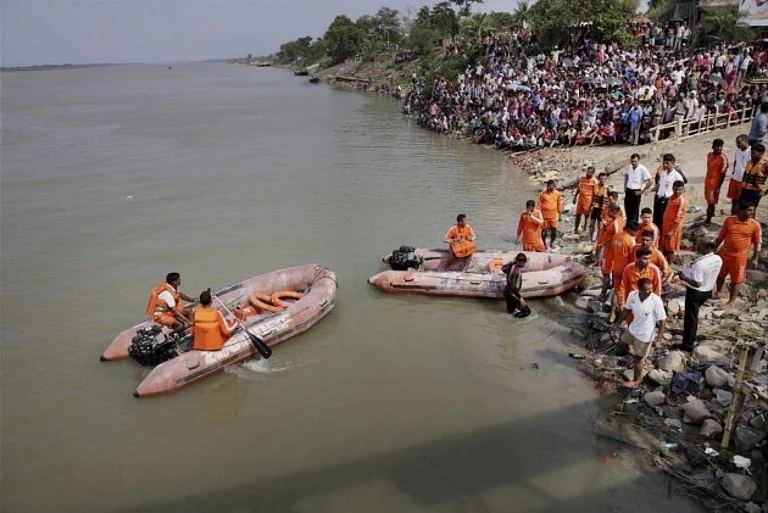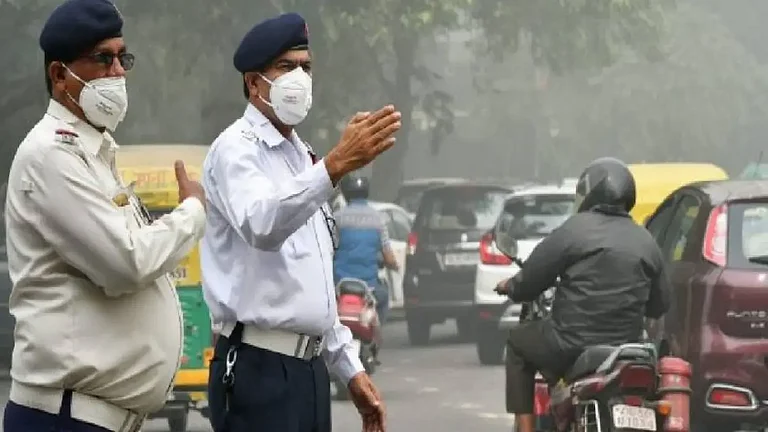The Central Water Commission has underscored a notable deficit in reservoir storage nationwide, which has dipped to 28 per cent from 35 per cent of the capacity during the corresponding period last year.
The CWC, which monitors live water storage in 150 water reservoirs and releases a weekly status bulletin, found the southern region to be the most hit.
A total of 42 reservoirs are monitored by the commission in southern region, which includes Andhra Pradesh, Telangana, Karnataka, Kerala and Tamil Nadu.
As per the CWC's latest Reservoir Storage bulletin, the total live storage available in these reservoirs is 8.353 BCM or 16 per cent of total capacity of 53.334 billion cubic metres (BCM).
The storage during the corresponding period of 2023 in the southern region was 28 per cent of the total capacity of these reservoirs, while the average storage of last ten years during the corresponding period was 22 per cent.
The bulletin also revealed concerning data on reservoir storage across India for the week ending May 2, 2024.
According to the report, the total live storage in 150 monitored reservoirs stood at 50.432 billion cubic meters (BCM), which is a mere 28 per cent of their combined live storage capacity.
This figure represents a substantial decline compared to the storage levels recorded during the same period last year, amounting to only 81 per cent of last year's storage -- 62.212 BCM -- and significantly lower than the ten-year average, which was 96 per cent of the average storage capacity.
The bulletin underscored a notable deficit in reservoir storage nationwide, highlighting potential implications for agriculture, hydroelectric power generation, and overall water resource management.
Breaking down the data regionally, disparities in reservoir storage become apparent across different parts of the country.
In the northern region, which includes states like Himachal Pradesh, Punjab, and Rajasthan, the live storage available in monitored reservoirs was noted at 6.051 BCM, only 31 per cent of the total capacity.
This figure is below both last year's storage levels (37 per cent) and the ten-year average (34 per cent).
Conversely, in the eastern region comprising states like Assam, Jharkhand, and Odisha, the live storage of 7.45 BCM translates to 36 per cent of the total capacity, surpassing last year's levels (33 per cent) and the ten-year average (32 per cent).
Moreover, the bulletin highlighted specific reservoirs and river systems exhibiting varying storage conditions.
Some areas, like the Subarnarekha, Brahmaputra, and Narmada river basins, show storage levels better than normal, while others such as the Krishna and Cauvery river basins, are experiencing significant deficiencies in storage. East flowing rivers between Mahanadi and Pennar and east flowing rivers between Pennar and Kanyakumari are highly deficient.


























